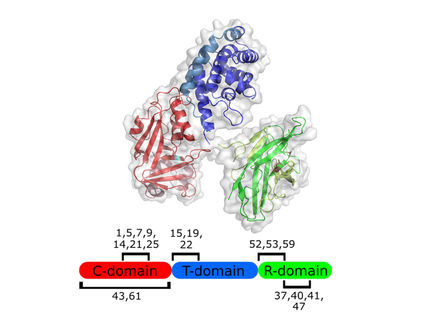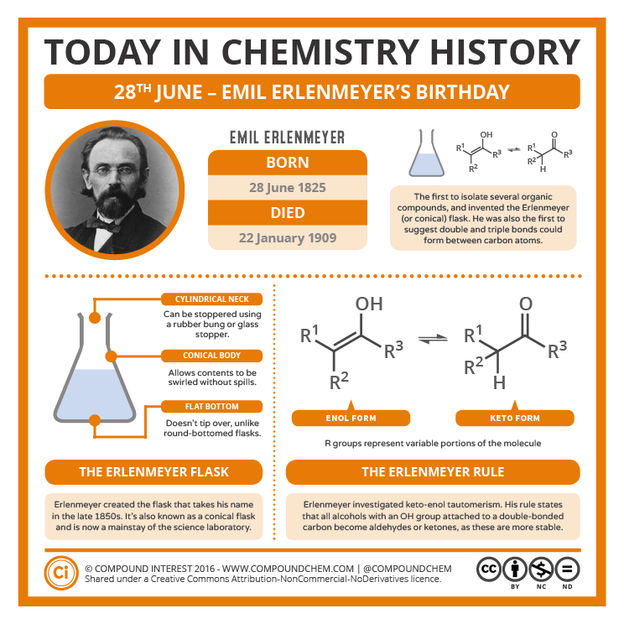GENEART and MorphoSys Successfully Cooperate in HuCAL PLATINUM Project
GENEART and MorphoSys announced their successful cooperation in the HuCAL PLATINUM® project. The application of GENEART's proprietary sequence design software GeneOptimizer® and production of significant parts of the antibody library allowed GENEART to make a large contribution to this project, according to the company. Initial tests show that the HuCAL PLATINUM® translates into an up to 25 fold higher diversity compared to the previous version HuCAL GOLD®, and thereby provides more divers fully human antibodies as well as facilitating the selection of antibodies with a higher average affinity. Due to comprehensive sequence optimization, production rates of selected antibodies are significantly higher as well. Therefore, this next-generation antibody library does not only allow the identification of antibodies with improved characteristics but also the significant shortening of timelines for the development of promising drug candidates to pre-clinical studies.
"In GENEART we found the right partner in the field of DNA Engineering and Directed Evolution for this complex project. The high quality of the gene libraries produced and GENEART's sequence optimization were essential requirements for the realization of HuCAL PLATINUM®'s increased diversity and improved expression rates", explained Dr. Marlies Sproll, Chief Scientific Officer of MorphoSys AG.
"The MorphoSys technology has already set a standard for the development of therapeutic antibodies in the past. All the more we are pleased to have made a contribution to the further development of this powerful tool. In addition, our cooperation is a good example of how GENEART adds definite value for the customer by combining proprietary optimization technology with our knowhow in the field of Directed Evolution", commented Prof. Dr. Ralf Wagner, CEO of GENEART AG.
Other news from the department business & finance
These products might interest you

Limsophy by AAC Infotray
Optimise your laboratory processes with Limsophy LIMS
Seamless integration and process optimisation in laboratory data management

ERP-Software GUS-OS Suite by GUS
Holistic ERP solution for companies in the process industry
Integrate all departments for seamless collaboration

Get the life science industry in your inbox
By submitting this form you agree that LUMITOS AG will send you the newsletter(s) selected above by email. Your data will not be passed on to third parties. Your data will be stored and processed in accordance with our data protection regulations. LUMITOS may contact you by email for the purpose of advertising or market and opinion surveys. You can revoke your consent at any time without giving reasons to LUMITOS AG, Ernst-Augustin-Str. 2, 12489 Berlin, Germany or by e-mail at revoke@lumitos.com with effect for the future. In addition, each email contains a link to unsubscribe from the corresponding newsletter.
Most read news
More news from our other portals
See the theme worlds for related content
Topic world Antibodies
Antibodies are specialized molecules of our immune system that can specifically recognize and neutralize pathogens or foreign substances. Antibody research in biotech and pharma has recognized this natural defense potential and is working intensively to make it therapeutically useful. From monoclonal antibodies used against cancer or autoimmune diseases to antibody-drug conjugates that specifically transport drugs to disease cells - the possibilities are enormous

Topic world Antibodies
Antibodies are specialized molecules of our immune system that can specifically recognize and neutralize pathogens or foreign substances. Antibody research in biotech and pharma has recognized this natural defense potential and is working intensively to make it therapeutically useful. From monoclonal antibodies used against cancer or autoimmune diseases to antibody-drug conjugates that specifically transport drugs to disease cells - the possibilities are enormous























































